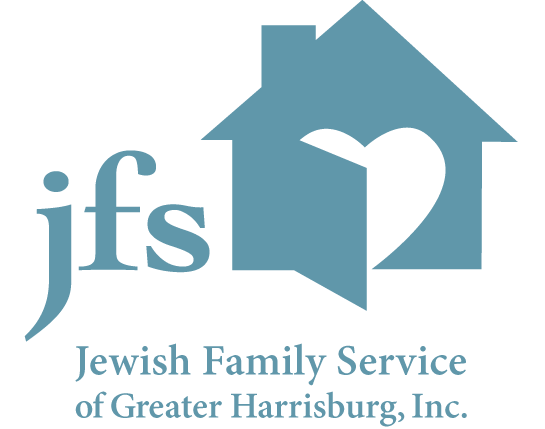A typical infant and *her mother play a game called serve and return: over and over again. Learn why when this crucial game is missed, a whole host of problems arise. That infant never learns how to self-soothe or self-regulate. In other words, she goes straight to meltdown mode when stressed or frustrated.
Serve and Return
Your infant cries, you pick her up and soothe her. You feed her when she is hungry. You change her diaper when it is soiled. Put her to sleep when she seems tired. At about 6 weeks of age, your child smiles at you which motivates you even more to interact lovingly with her. She smiles. You in turn make a goofier face. She smiles more. It’s a beautiful circle of love. It’s a give and take that requires the parent to be responsive, available, patient, and calm. When serve and return occurs, your baby learns the world is safe, that adults are trustworthy, she is loveable, and that discomfort can be calmed by that big grown up who keeps smiling at her and holding her.
Co-Regulation
Your baby cries because your puppy is barking loudly. Her immature nervous system is overwhelmed and afraid of that loud and new noise. You pick your baby up and soothe her. You rub her back. You quietly hum a calming song. You hold her and use your body and words to let her know she is safe. You instinctually rock her back and forth. Eventually your little one stops crying. Over time she learns that when the puppy barks loudly, she is OK, her brain and body remember how you let her know all was good in the world. This is co-regulation. This type of reassurance, when things are frightening and new, goes on all day long in typical mother-infant interactions. It is an endless cycle of creating a safe and nurturing environment so that one day she can learn how to manage hard things all by herself. 
Fast forward 5 years to this same mother and baby. That mother has remained attuned to her child for the past 1,825 days. She wasn’t perfect but she was good enough. Her child learned that the world is a good place, that she herself is a good person, worthy of love, and she even learned how to calm herself when she is distressed due to the modeling from her mother. Imagine this 5-year-old is at her first day of Kindergarten. Her mom has left and all the children are sitting in a circle listening to their teacher read them a story. This 5-year-old is missing her mommy. She can feel her stomach getting tight and her hands are clenched. She looks around at the other children, who she doesn’t know, and tears start to well in her eyes. But then she can hear her mother’s singing voice in her head. She replays the song her mom sings to her when she is sad. Somehow that makes the tears dry up in her eyes. Her stomach feels better and before you know it her first day of kindergarten has flown by. This little girl was successful in managing her discomfort all by herself. This is self-regulation.
The Alternative
As you can imagine, the consequences of not getting to play serve and return result in serious consequences. If your primary caregiver is absent, due to poverty, mental illness, domestic violence, and/or addiction, that baby is left alone to figure it out. And babies are helpless and unable to do anything alone. They learn the world is scary and unpredictable, grown-ups can’t be depended on, and that she must somehow be unlovable. When she is 5 and ready for Kindergarten, she spends that whole first day scanning the room for danger. She knows no other way. On the second day when another 5-year-old grabs the ball she is playing with, she has a full-blown tantrum. That is because she is already stressed, continually trying to protect herself, looking for threats, and is closer to that meltdown than it appears. Of course that little 5-year-old has no clue how to calm herself when there is trouble. No one taught her. And besides she is too busy trying to survive to worry about things like learning and self-regulation.
Hope
Brain research shows us how to help and heal those children; your child perhaps. Keep reading the Newsletter for this message of hope.
*I used mother and referred to the child as a she, but any caregiver or gender can be substituted.





